Making Hypertufa Plant Containers
Hypertufa is used to make stone-like rustic planters. They can be outside for years, looking even better as they weather and get mossy. Small perennial plants can stay in them year around. Moss and algae may grow on them in the shade.
There are many recipes and methods for using hypertufa. Generally it is made of cement, peat moss, and sand or perlite. It can be molded over or within reusable forms such as dishpans. The method I have learned is to cover a styrofoam container with hypertufa, except where soil will hide the styrofoam. Planters made this way have reduced weight and can be planted a few days after you make them. Other types of hypertufa planters must be weathered or rinsed for several weeks before planting so that alkali from the cement will not leach into the soil.
Preparation of the styrofoam:
· Styrofoam coolers, steak shipping containers, etc. work great. It’s OK if the styrofoam has cracks and dings in it. Rigidity is good. A mix of sizes and shapes is nice.
· Make two planters out of one styrofoam container by gluing the lid on with yellow wood glue, then slicing the container in two with a kitchen knife. Planters can be shallow if what you are planting has shallow roots.
· Cut a drainage hole about 3″ by 3″ in the bottom. Later you’ll put screening there.
· Use a foam brush to paint the styrofoam with a thin coat of yellow wood glue. This helps the hypertufa adhere. It doesn’t matter whether the glue is dry or not when the hypertufa mixture is applied.
Mixing the hypertufa:
· Put on gloves.
· In a tub, mix 1 part cement, 2 parts play sand, and 2 parts sieved peat moss. The sieving breaks up the clumps and removes larger twigs. A half-inch screen is fine.
· When it’s well mixed, add water a bit at a time to make a stiff mix. If it’s too dry it won’t stick; if it’s too wet it will slump. It’s OK to add water as you work.
Applying the hypertufa to the styrofoam:
· Use gloved hands to press a handful of the hypertufa mix onto the styrofoam. Mold it to about 3/8″ to 1/2″ thick. Keep your styrofoam from flexing.
· Add another pat and continue, blending each with the others. Press.
· Cover either the top half or the bottom half today, then cover the remaining half tomorrow or later. On the top half, go over the rim and about a half inch over the sides. The soil will cover the inside of the container up to the rim. On the bottom, go around the edge and in a couple of inches for strength, leaving the drainage hole completely open.
Letting it dry and cure:
· Cement products become stronger if they dry slowly, so keep it dry and shaded for a week after you finish. However, you can plant it once it feels dry, in a few days.
· Put a piece of landscape cloth over the drainage hole, fill and mound up slightly with soil mix, and plant. Grit that is used for baseball mounds is good for many alpines. I like to add a pea gravel topping or moss for shady planters. A few special rocks or wood pieces fill the space until the plants fill in.
Thanks to Dan Hendrickson for this recipe.
Wow, Peg, what a huge treat–awesome information! We used to make big hypertufa troughs at the garden I worked for years ago, and I seem to remember a much more labor-intensive process that resulted in super heavy troughs. I like this method so much more! Thanks so much for sharing!
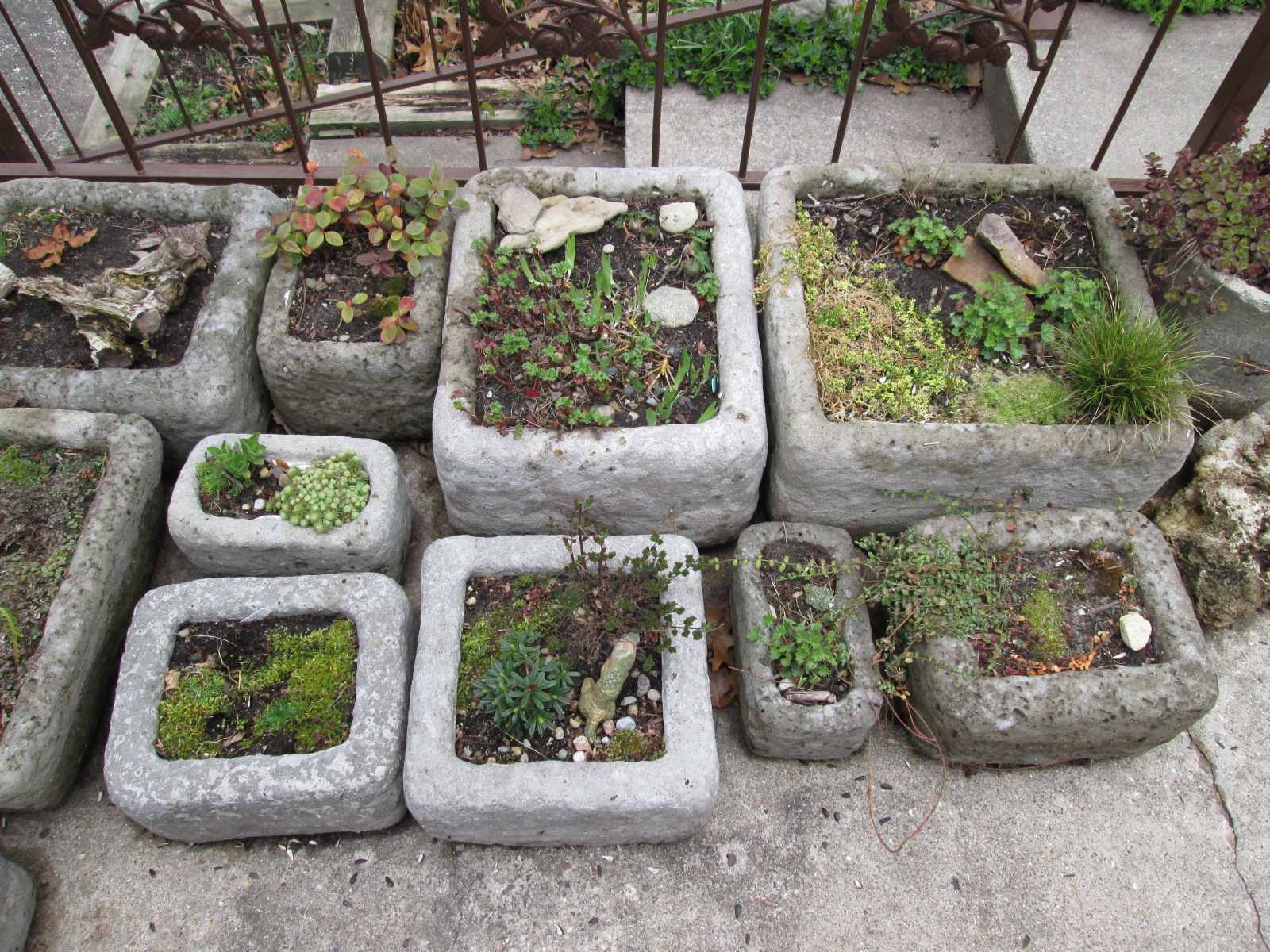
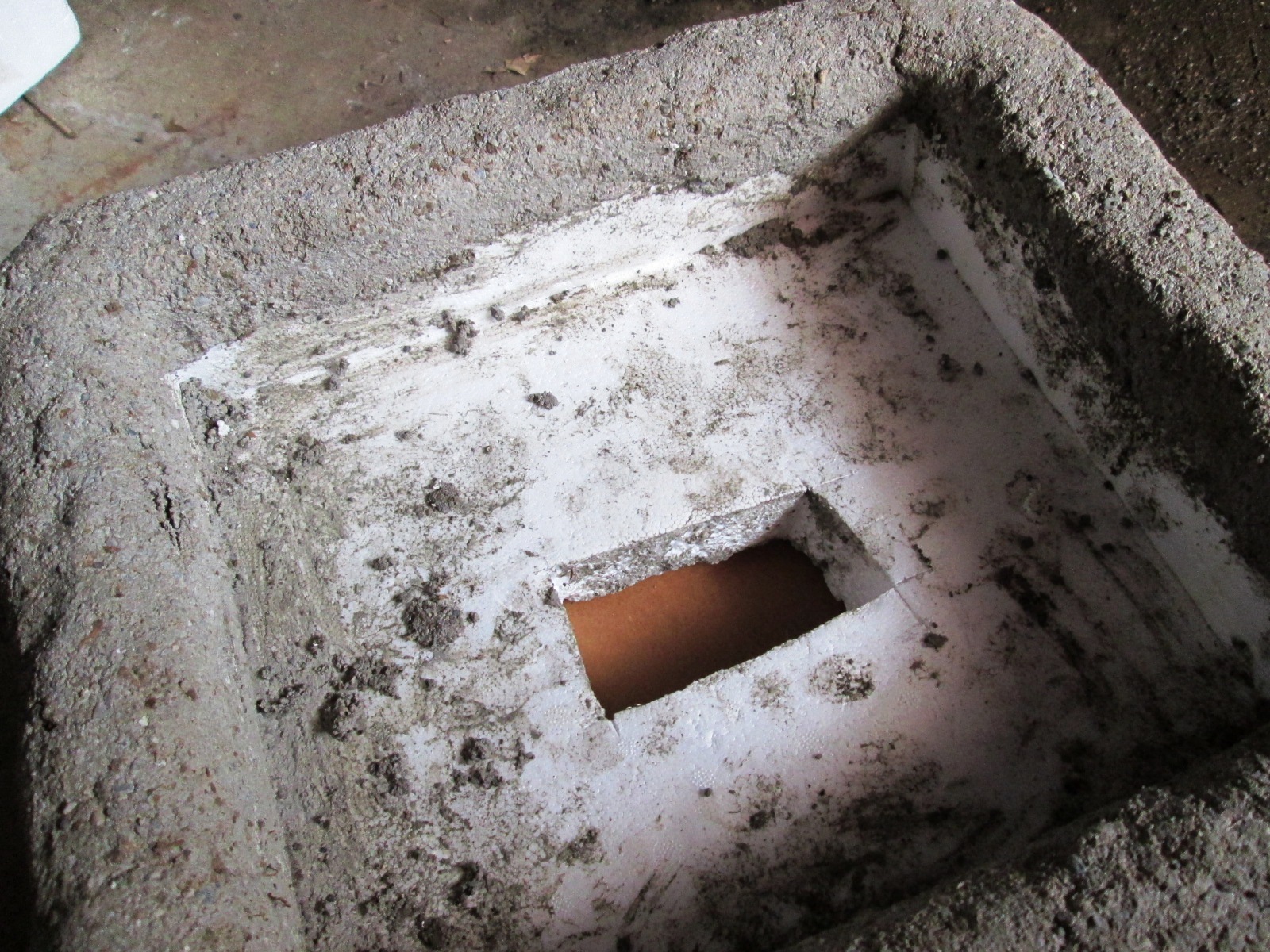
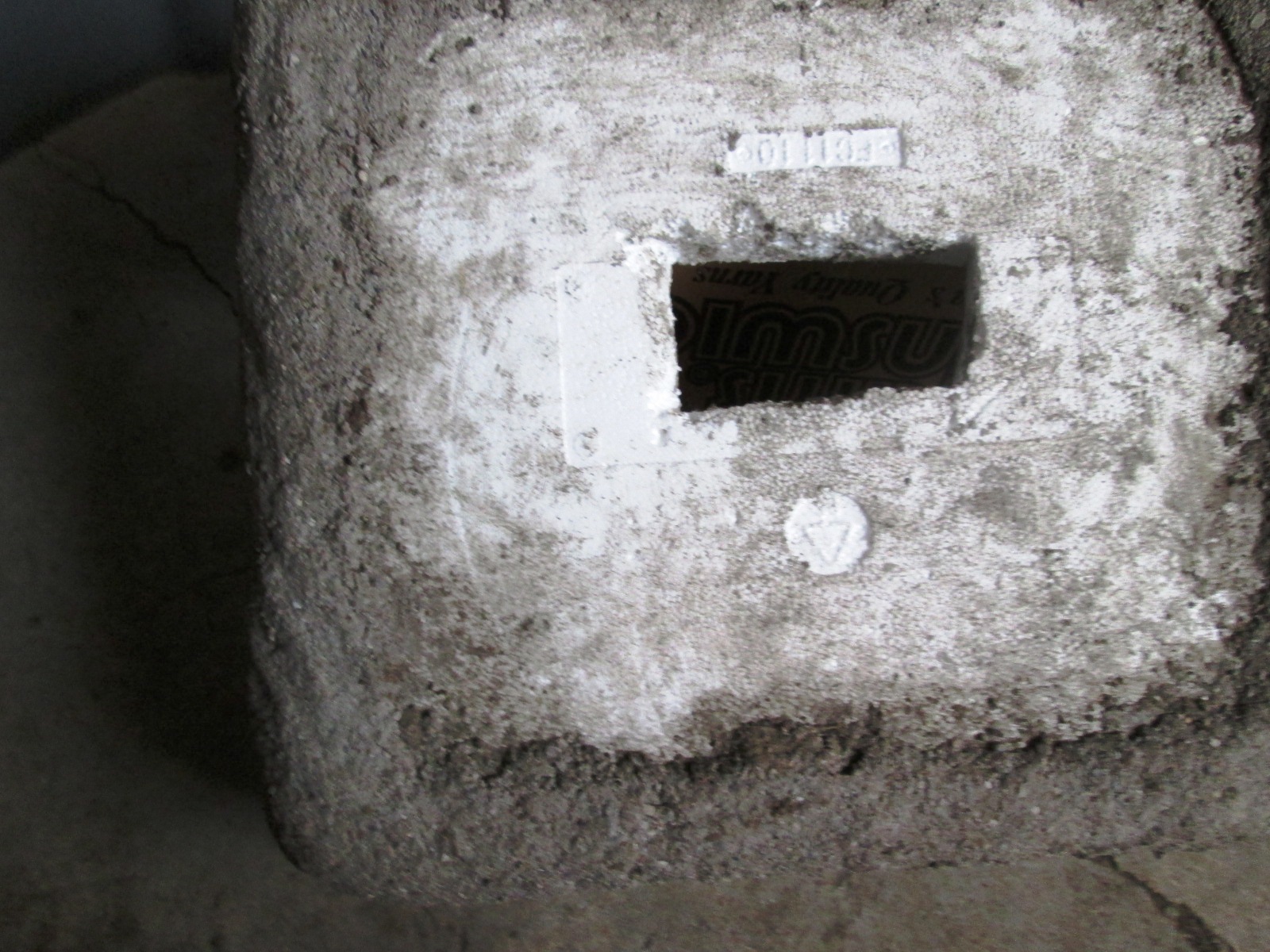
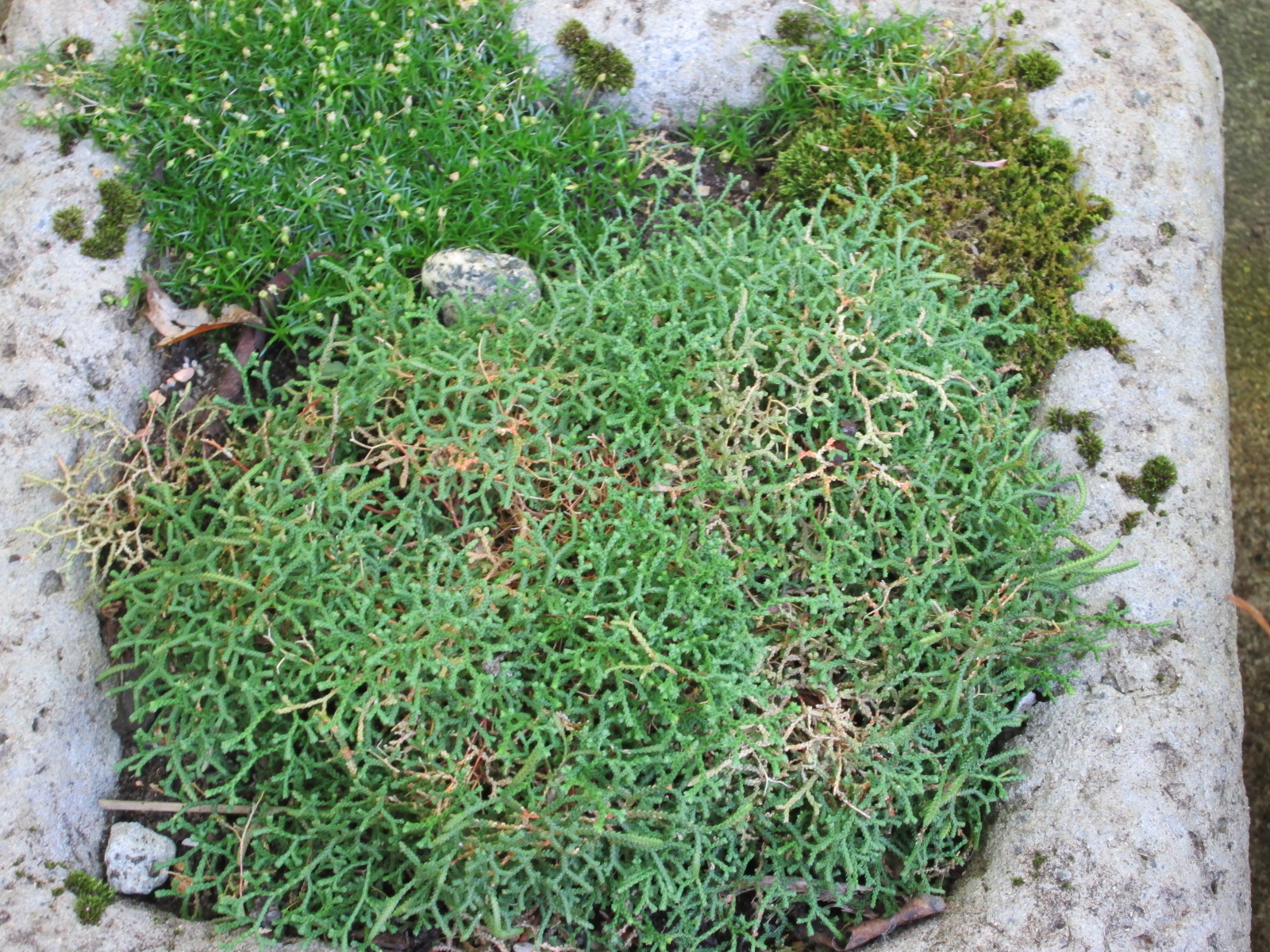
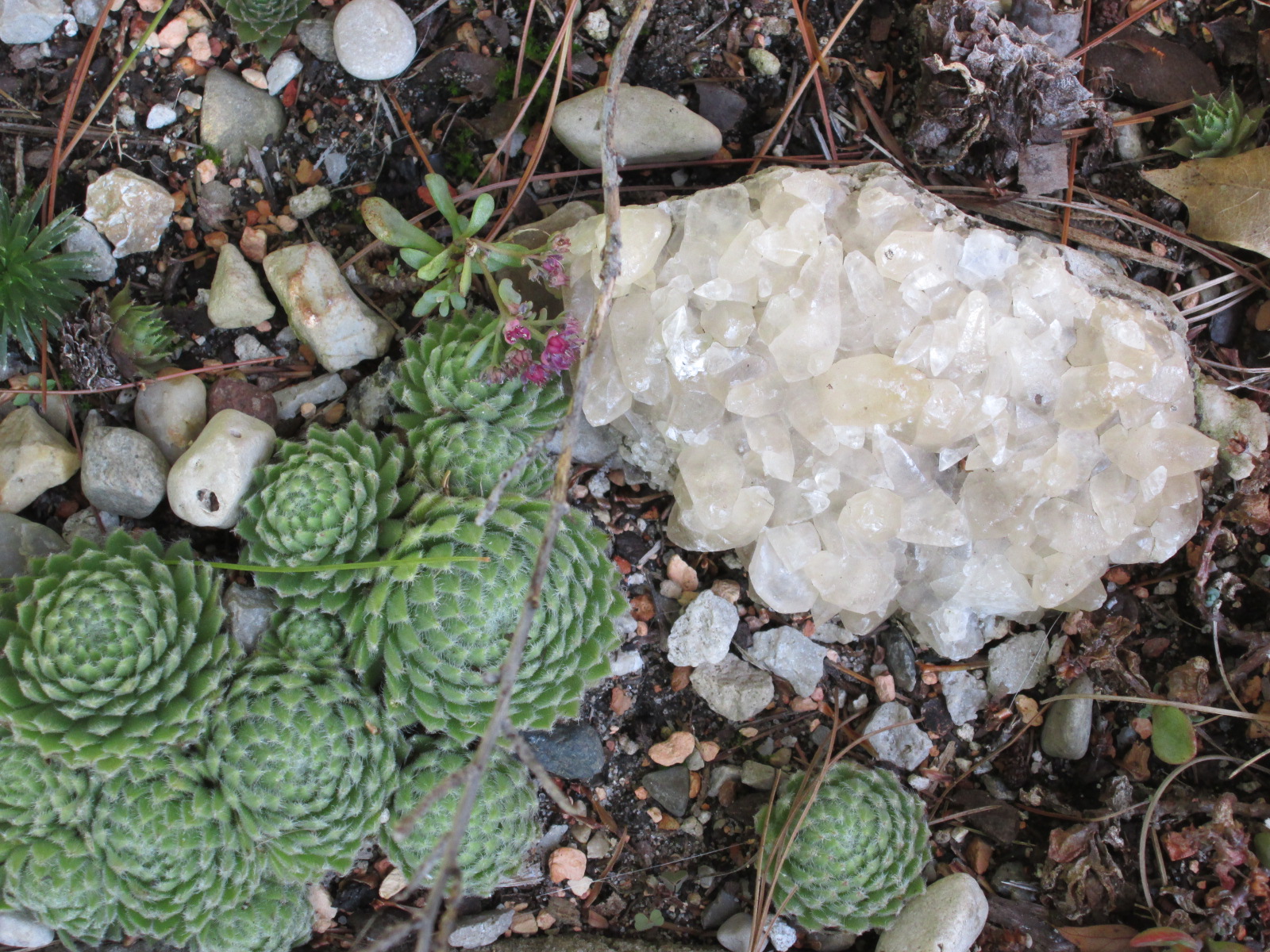
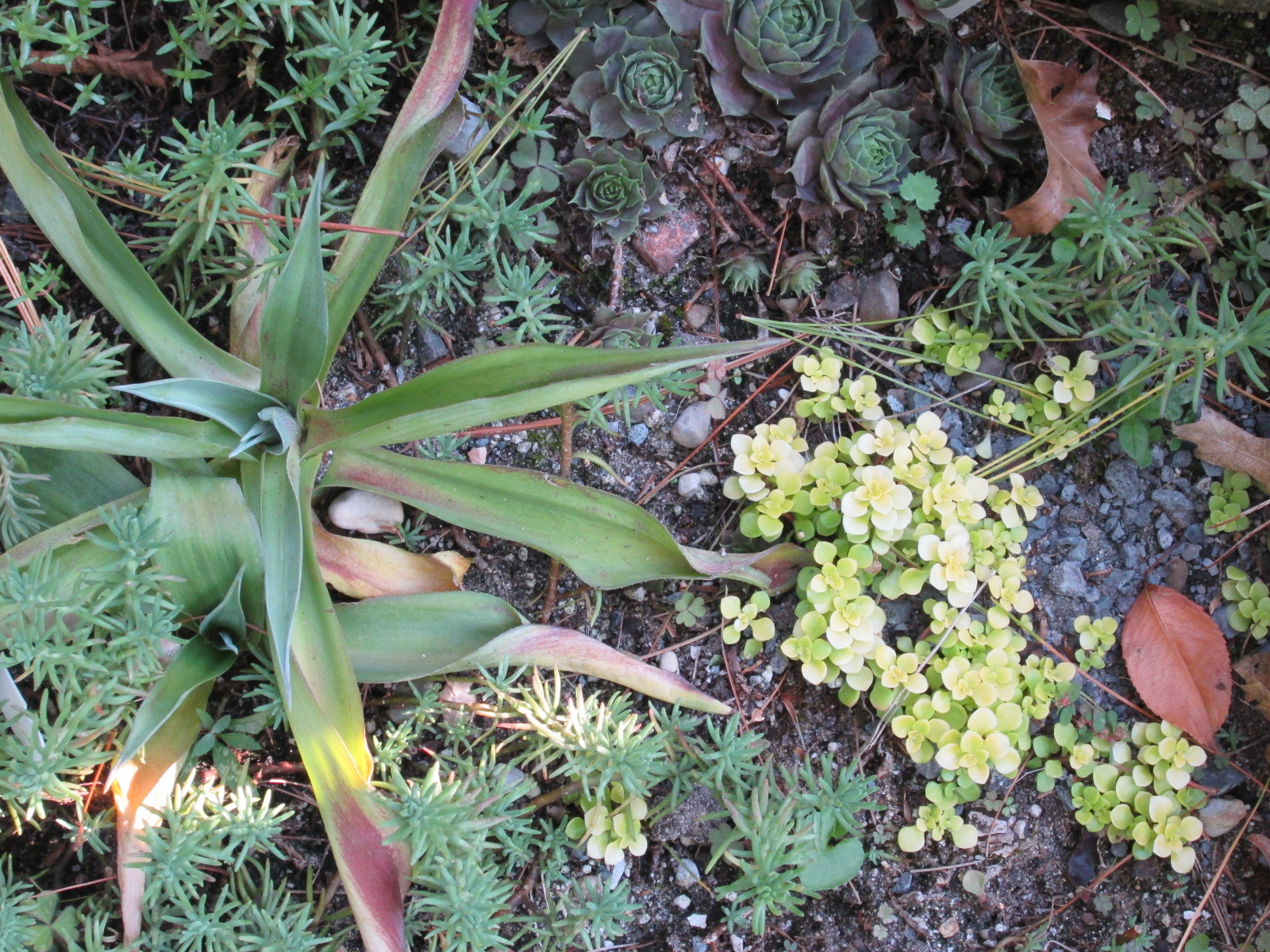


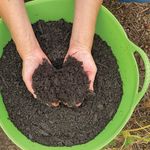


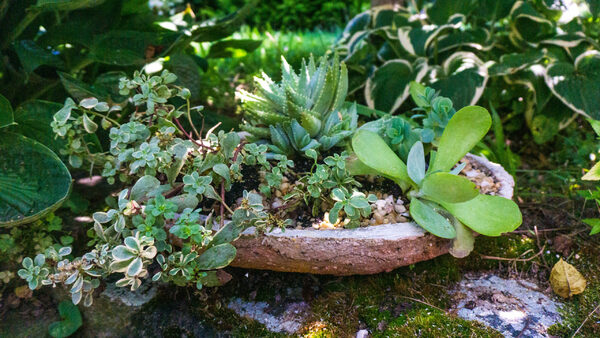
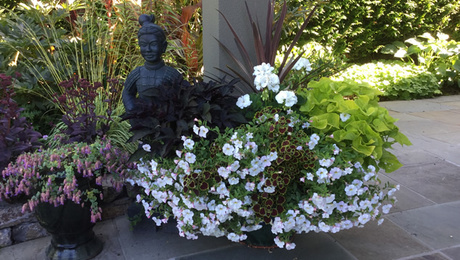

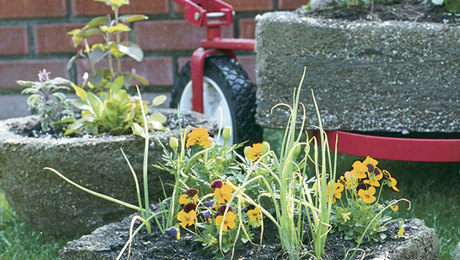













Comments
Definitely a smart way to make great, lightweight containers for alpines. Thanks for taking the time to share this, Peg. Please send in more pictures this year of your containers! (and garden)
Good morning Peg! Thanks for sending these photos in for us! And Michelle, Iam so glad you are feeling better! Well I have been saving some Styrofoam containers just for this project! Yippy! Maybe today is the day to make these. I have everything even the perlite which you didn't mention. Should you still use perlite if we are doing the Styrofoam form? There are so many different kinds of recipes for this. I love the look after they age a bit.Thanks
What an awesome technique, Peg! It makes so much sense not to put the concrete mix concoction all the way inside where the soil covers things anyway. Do you think the same approach could work on a round plastic bucket where you don't use the bucket as a mold but just let the mix cover over most of it?
You wouldn't get the insulation factor, and I don't know if the mix would stick enough. If the bucket was stiff and not very shiny might be worth a try. You aren't out much if it doesn't work.
I can't wait to get out in my garden! We had 8 inches of snow yesterday. Two years ago, I mowed for the first time on March 16th! I am in a cast, so i spend a large portion of my day on this website. Peg, I can't wait to try this technique! Thanks for sharing!
Seeing all the gardens and reading all the comments is a super way to spend your time if you cannot be outside gardening! Hope you get well soon!
Thanks for sharing your hypertufa instructions Peg. Your containers look awesome! They have the heavy and timeless look of being carved out of stone. I was very surprised that you leave the styrofoam so exposed. I had heard of using an inner core of other materials to help with weight or strength, but the materials were always totally covered with the hypertufa mixture. Does the exposed styrofoam not break down over time?
Catherine (GranyCC) and I took a class last year where we made hypertufa leaves, using wire mesh to strenghten the shape and prevent cracking. Great fun! (Catherine has now had her hip replacement surgery and is back at home, recovering)
Goodmorning Granny May ~ Please give Catherine my best regards after her hip replacement. It's rough going for awhile but the end result is so great. Glad she is thru with is and now recovering. Have a great weekend as I know you. you are probably having the same great weather that we are here in Puget Sound area.
Thanks! I think Catherine might check GPOD today herself, but I'll pass on your well-wishes anyway. You can never have too many of those! Yes, the gardening continues non-stop here, thanks to our non-winter weather.
It's sunshine that causes the breakdown, so not an issue.
We have all been warned that styrofoam will be around forever, so avoid buying products packed in it. I guess I was thinking of the packing material "peanuts" that sometimes can be used inside your containers to reduce weight. Some will break down on contact with water and others will not.
I'll definitely try your method (if I can find some styrofoam) because I love the idea of making the containers a lot lighter. Thanks again!
Thanks GrannyMay! Have a great weekend! BTW, I am searching for great performing climbing roses... Ant ideas anyone? I am zone 6b. Thanks!
Rhonda, some of the old rambler roses make an amazing display, but they are once-blooming. That suits me very well. Some of my favourites here are Rambling Rector, New Dawn, Bennett's Seedling, Paul's Himalayan Musk and Amaglia.
Thanks! Have you planted any clematis on the structure while you wait for the roses to grow?
I did - c. Polish Spirit and Jackmanii are the two old regulars that still survive, others did not. My roses are over 10 years old now.
Thanks GrannyMay! I had to wait to tackle roses until I retired, so I am getting a late start on those. I don't know how to send pictures to the website, but I would love to!
Rhonda you can send your pictures and comments about them to Michelle (see above for instructions) so that we can all see and enjoy your roses in GPOD. The email address is GPOD at Taunton.com and make the subject line GPOD so it will go to Michelle.
I sent some pictures- I hope they make the cut!
They DO make the cut, Rhonda! Posting them next week!!
I just can't believe it! You made my day! Hope you're feeling better, Michelle!
Rhonda, when are your pictures being posted? I am looking forward to seeing them.
Michele said they were supposed to be posted last week so I don't know.....
Hope for Humanity works fantastic for me. It blooms all summer and survives in Zone 4.
I've never heard of that one, but I'll look for it. Thanks Charlotte!
It is listed as a shrub, but mine is twelve feet tall.
It's listed as having disease problems- how is it for you ?
I have had mine for about six years and had zero problems. It blooms profusely all season. I do deadhead mine if I think about it, but I am not zealous.
Thank you so much for sharing this technique, Peg. I think many of us will try it. It looks good and the lighter weight is a real benefit. Love the pictures you sent too. Is that beauty a quartz crystal? Michelle and Catherine and Rhonda - get well soon.
This system with the styrofoam is a really good idea, Peg. I like the thought of lighter weight containers and the lack of perlite keeps the cost down. Well done. I'll be trying this.
I hope all you folks suffering with colds, etc. soon are up and about and feeling better.
Brilliant idea! Thank you very much for sharing.
What is estimated lifetime of storyfoam containers? How long they can be used in outdoor conditions?
Ther person who told me about these had them over 10 years, always outside. My oldest is 4-5 yrs. A little crack can be repaired (more goop on it next time you make some). If you put them in the direct spray of a sprinkler or back over it with the car, won't last so long.
Thank you very much!
Sheer Designed perfection in this post! I have wanted to do this for so long... Maybe this will be the year! Thank you for sharing your wonderful idea!
Thanks so much for the instructions. My husband is already making plans to make them.
Thanks for sharing, got to try it one day.
Chiming in late but wanted to say thank you for sharing your step by step instructions for your hypertufa creations. I love the way that you have made them all cohesive, large and different sizes. They are quite attractive. Please make sure you share your planted creations with us again - I'm looking forward to seeing the photos.
Log in or create an account to post a comment.
Sign up Log in